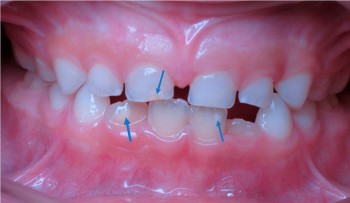Foot fungus is a common condition that affects millions of people worldwide. It thrives in warm, moist environments and can lead to discomfort, itching, and unsightly skin issues. Understanding the causes, symptoms, and treatments of foot fungus can help you prevent and manage this condition effectively.
What Causes Foot Fungus?
Foot fungus, also known as athlete’s foot (tinea pedis), is caused by dermatophytes, a group of fungi that thrive in damp, warm places. These fungi spread through direct contact with infected surfaces, such as gym floors, communal showers, and swimming pools. Walking barefoot in these areas increases the risk of infection.
Other risk factors include:
-
Wearing tight, non-breathable shoes
-
Excessive sweating
-
Sharing towels, socks, or shoes with an infected person
-
Having a weakened immune system
Symptoms of Foot Fungus
Foot fungus can present in various ways, depending on the severity of the infection. The most common symptoms include:
-
Itching and Burning: A persistent, itchy sensation, especially between the toes
-
Peeling and Cracking Skin: The skin may become dry, flaky, or develop painful cracks
-
Redness and Inflammation: The affected area may appear red, swollen, and irritated
-
Blisters or Ulcers: Some people develop blisters that can burst and cause sores
-
Foul Odor: Fungal infections often produce an unpleasant smell due to bacterial buildup
If left untreated, foot fungus can spread to the toenails, causing thickened, discolored, and brittle nails—a condition known as onychomycosis.
How to Treat Foot Fungus
Foot fungus can be managed with both over-the-counter (OTC) and prescription treatments.
1. Antifungal Medications
OTC antifungal creams, sprays, and powders, such as clotrimazole and terbinafine, can help clear up mild infections. For more severe cases, a doctor may prescribe stronger topical or oral antifungal medications.
2. Keep Feet Clean and Dry
Fungi thrive in moisture, so keeping your feet dry is essential. Wash your feet daily with soap and water, then dry them thoroughly, especially between the toes.
3. Wear Breathable Footwear
Choose shoes made of breathable materials like leather or mesh. Avoid tight-fitting shoes and opt for moisture-wicking socks to reduce sweat buildup.
4. Use Antifungal Powders
Applying antifungal powders or sprays inside your shoes and socks can help prevent fungal growth and reinfection.
5. Avoid Walking Barefoot in Public Areas
Protect your feet by wearing sandals or shower shoes in locker rooms, public showers, and pool areas.
Preventing Foot Fungus
To reduce the risk of developing foot fungus, practice good hygiene and follow these prevention tips:
-
Change socks daily, especially if your feet sweat a lot
-
Keep toenails trimmed to prevent fungi from settling underneath
-
Disinfect shoes regularly
-
Avoid sharing personal items like towels and shoes
When to See a Doctor
If your foot fungus persists despite using OTC treatments or spreads to your toenails, consult a doctor. Persistent infections may require stronger medication to prevent complications.
By taking the right precautions and treatment measures, you can keep your feet healthy and fungus-free!


